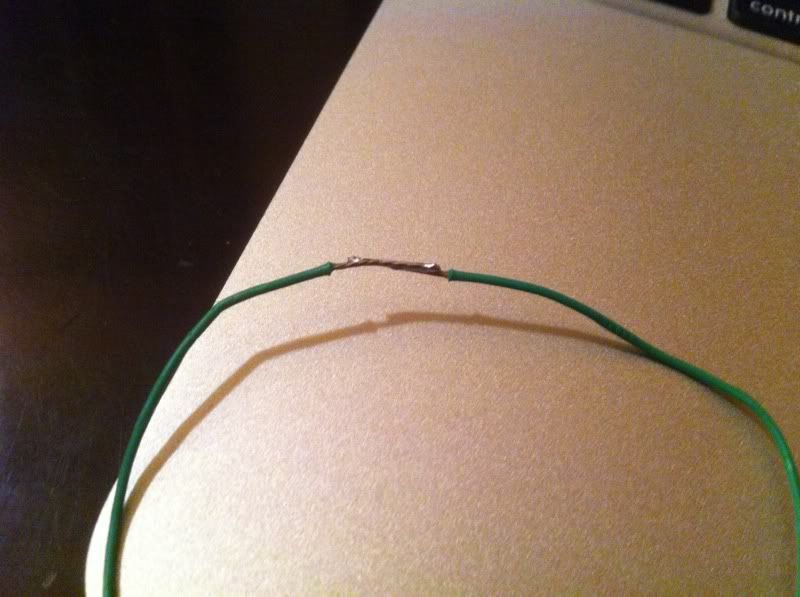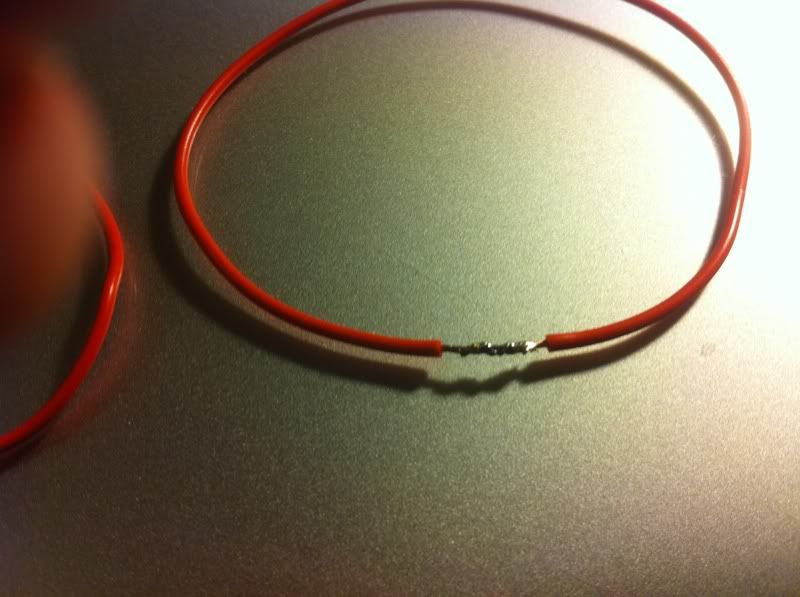GAtkins
0
- Joined
- Nov 19, 2011
- Messages
- 294
- Points
- 0
What would be the best way for me to practice to learn to solder leads to diodes before actually trying a real one? Is the wire for soldering leads to diodes stranded or solid?
I have read/watched many of the tutorials that are on this site and others, but really want to learn how to do leads to diodes and then drivers including leads and surface mount components.
I did some 24 gauge stranded end to end wrapped around each other and also side by side non-wrapped. Some joints were ok, some not. Just looking for more tips and suggestions for practice before I fry a diode. Of course I realize that frying a diode is a right of passage, but would like to keep it to a minimum.
Thanks for all the help guys.
Glenn Atkins
I have read/watched many of the tutorials that are on this site and others, but really want to learn how to do leads to diodes and then drivers including leads and surface mount components.
I did some 24 gauge stranded end to end wrapped around each other and also side by side non-wrapped. Some joints were ok, some not. Just looking for more tips and suggestions for practice before I fry a diode. Of course I realize that frying a diode is a right of passage, but would like to keep it to a minimum.
Thanks for all the help guys.
Glenn Atkins







